How come a bazar in Kolkata’s Chinatown was named after an Italian?
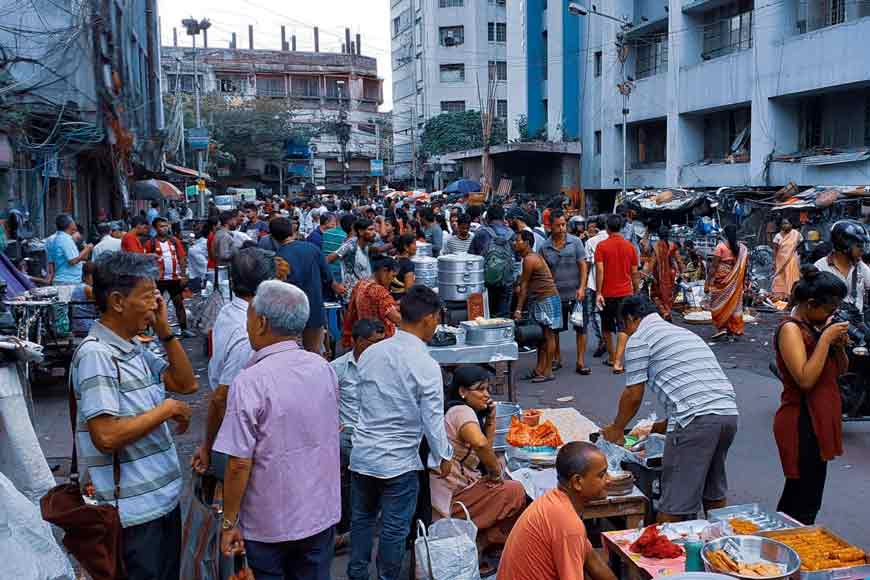
VEvery die-hard foodie of Kolkata has been to Tiretta Bazaar at one point or the other to savour the best home-made Chinese food and breakfast and enjoy a slice of Chinese life in the heart of the city. But a dig in history opens up a surprising name tag for the bazar that received its name not from any Chinese source but from an Italian traveller.
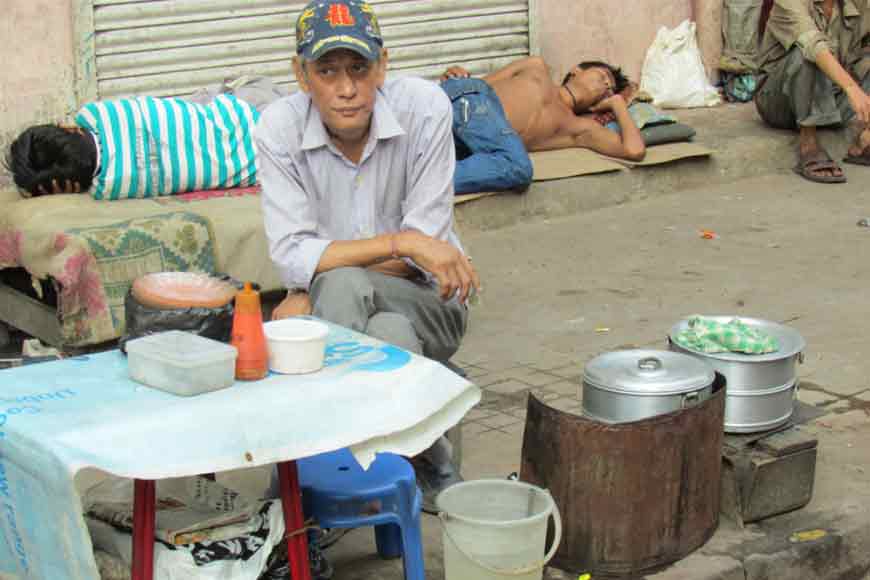
Tiretta Bazaar first finds mention in Upjohn’s map of Calcutta in 1790, and other historical records show that the bazaar got its name after Edward Tiretta, an Italian living in Calcutta who owned the bazaar and several plots of land in the city. The name Edward was perhaps an anglicised version of the original Italian ‘Eduardo.’ The most comprehensive details about Tiretta can be found in the writings of Kathleen Blechynden, a British author who was born in Bengal in 1856, and wrote of Tiretta in her book ‘Calcutta: Past and Present’, first published in 1905. It goes: “Edward Tiretta was an Italian of good family, who, having had to (flee) his own country for a political offence, drifted to Calcutta, where for many years he held the post of civil architect to the Government…”
Today, little remains of Tiretta Bazaar’s Chinese community although not everyone has left. Some of the neighbourhood’s older residents can still be seen in the area’s bylanes, while others have shifted to other neighbourhoods in the city. The Chinese breakfast foods are still sold on Sunday, albeit on a smaller scale, along the stretch of Sun Yat Sen Street.
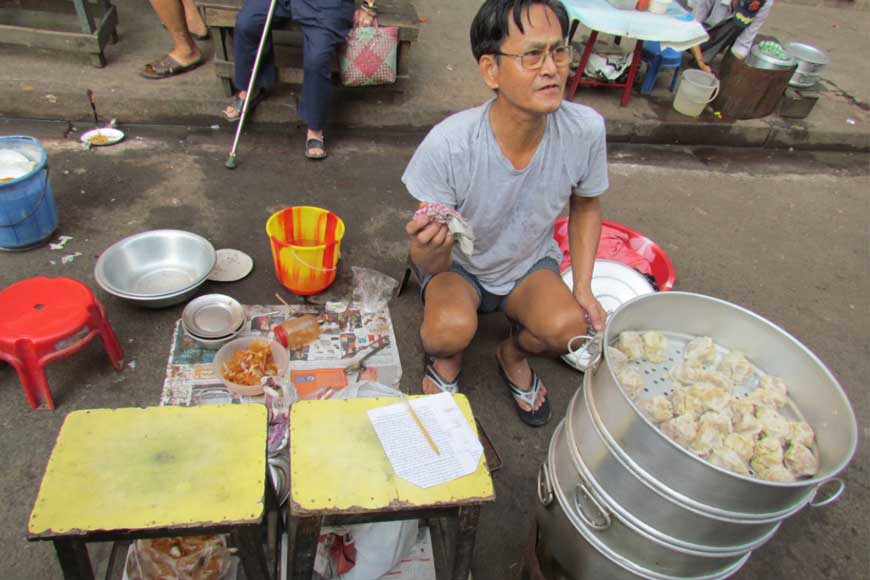
No one really knew what Tiretta had done as a political offence in Italy that forced him to flee his country, but he seems to have lived a life of means and prominence in Calcutta after finding refuge here. Tiretta became a landowner and a lottery promoter. The bazaar named after Tiretta was a private enterprise and did not belong to the East India Company. The fact that it was incorporated into Upjohn’s map of the city in 1790 is an indicator of its size and influence because although several small private local bazaars existed during that time throughout the city, not all found themselves featured on official maps.
Tiretta Bazaar began developing as a predominantly Chinese neighbourhood around the mid-19th century, when Chinese sailors who had been on the Indo-China maritime trade route, made stops in Calcutta and stayed back in the city instead of returning home.
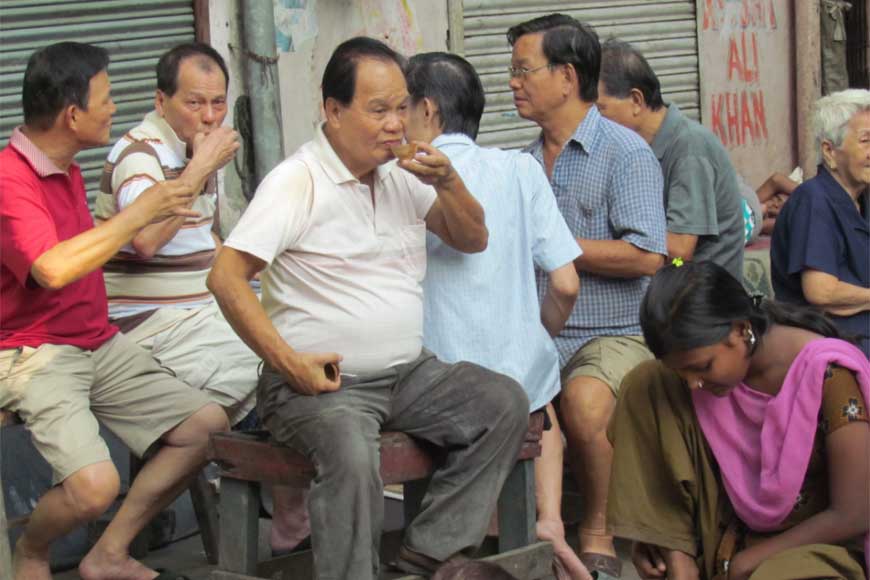
Despite the wealth that Tiretta acquired in Calcutta, he did not live a happy life. He lost his 18-year-old wife in 1796, the orphan daughter of Count de Carrion, a French officer in the city. He buried his wife in a cemetery he founded, that existed diagonally opposite to where the South Park Street cemetery is today. What happened to Tiretta after, is not known.
In 1791, however, according to city records, Tiretta seems to have transferred the ownership of his bazaar to one Charles Weston, who lived in a residential premises opposite the bazaar. Weston took the earnings of Tiretta Bazaar for his personal use but did not make any attempts to change the nomenclature of the bazaar.
Also read : Chinatown’s oldest shop builds a culinary bridge
Tiretta Bazaar began developing as a predominantly Chinese neighbourhood around the mid-19th century, when Chinese sailors who had been on the Indo-China maritime trade route, made stops in Calcutta and stayed back in the city instead of returning home. The Calcutta Review of 1858 mentions the “opium and gambling houses” of Tiretta Bazaar and calls the Chinese immigrants “a peace-loving people only desirous to make a little profit”.
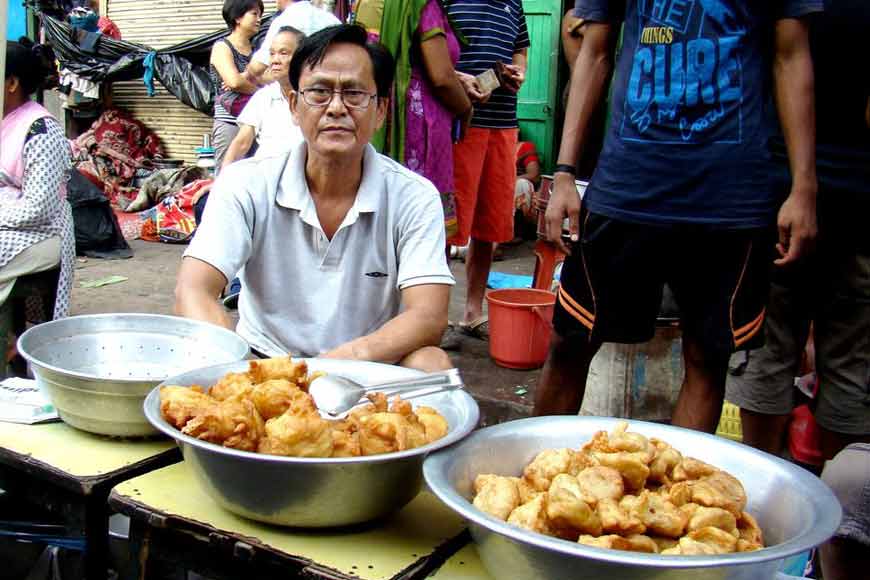
Tiretta Bazaar first finds mention in Upjohn’s map of Calcutta in 1790, and other historical records show that the bazaar got its name after Edward Tiretta, an Italian living in Calcutta who owned the bazaar and several plots of land in the city.
According to the Review, by the mid-1800s, intermarriage had started between the Cantonese and the Hakka immigrants, two distinct groups, as well as between the Chinese and ‘Hindustanis’ and the Chinese and ‘Eurasians.’ The primary occupation of the Chinese community in Tiretta Bazaar, states the Review, appeared to be that of “shoe-makers, opium sellers, carpenters and cabinet-makers.”
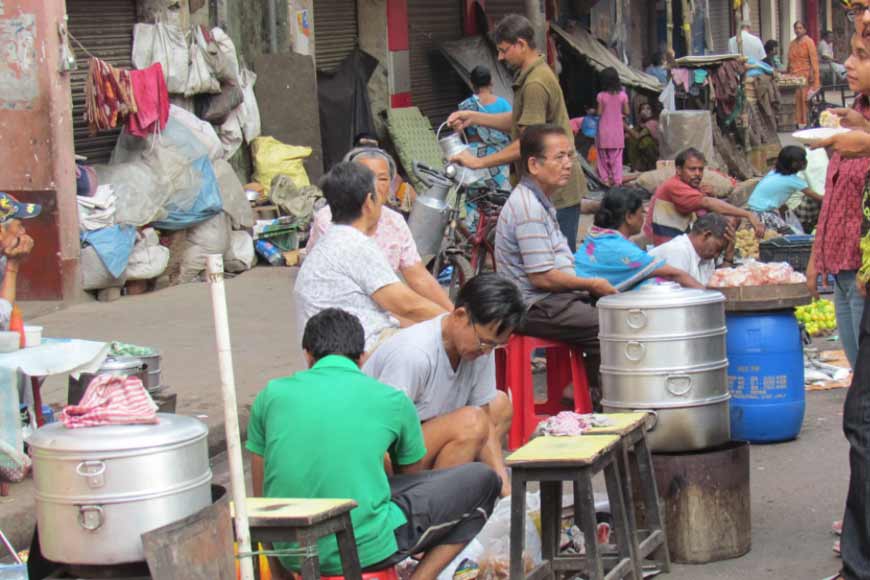
Although some had stayed back in Tiretta Bazaar, many Hakka families had relocated to the neighbourhood of Tangra in the outskirts of the city during the Second World War, where they processed rawhide and opened tanneries and restaurants, following the footsteps of their predecessors who had made the move to Tangra in 1910, when the area was still a marshy wetland, not fully developed. For a long time, the Hakka community in Tangra lived in their own bubble, cut off from the rest of the city and to a large extent, from the community that had remained in Tiretti Bazaar. In the 1970s and 1980s, the Chinese community of Tangra saw their fortunes change for the better and became more prosperous than the community living in the area around Tiretta Bazaar. Today, little remains of Tiretta Bazaar’s Chinese community although not everyone has left. Some of the neighbourhood’s older residents can still be seen in the area’s bylanes, while others have shifted to other neighbourhoods in the city. The Chinese breakfast foods are still sold on Sunday, albeit on a smaller scale, along the stretch of Sun Yat Sen Street.










